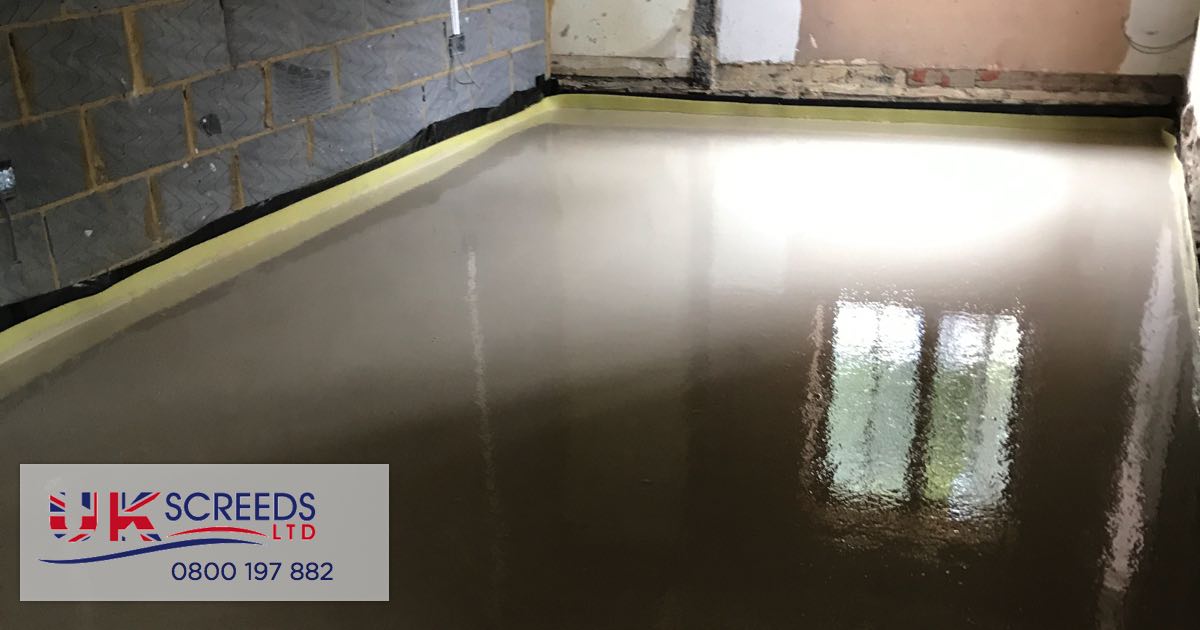Floor coatings are often applied on commercial and industrial surfaces to create a long lasting finish. The most common application is for warehouses, as floor coatings minimise wear from the constant shuffling of workers and equipment. Epoxy and polyurethane are the most common materials used for floor coatings. They both create a highly durable surface and require little to no maintenance once applied.
However, each has their own distinct differences, so it can be difficult deciding between the two. Here we’ll look at some of the key differences between epoxy and polyurethane floor coatings, and how to choose the right finish for your project.
Epoxy Floor Coating
Epoxy is a thermosetting polymer available in three different formulations. Each allows for varying degrees of thickness depending on the application. Epoxy reacts by creating a strong chemical bond with many types of substrates when properly mixed and applied. Because of its exceptional durability, epoxy is frequently used to resurface worn concrete.
The best formulations are high solids and 100% solids. 100% solids have little to no volatile organic compounds (VOCs), and can be mixed with different aggregates when resurfacing concrete. High solids are extremely hard and thick, which creates a high impact-resistant surface. These epoxies are commonly used in commercial and industrial settings due to their durability.
Epoxy offers numerous advantages as a floor coating, but one of the downsides is that it will eventually chalk and fade. Exposure to sunlight for prolonged periods of time also results in the formulation turning yellow or amber.
Polyurethane Floor Coating
Polyurethane is a highly flexible and elastic material that is more scratch-resistant than epoxy. The extra durability means that polyurethane is often the preferred choice for heavy traffic areas, such as parking structures. Even though polyurethane coatings are typically only two to three mils in thickness, the material offers more flexibility than epoxy. This makes them well suited in environments where the flooring can expand or contract due to temperature changes.
Another advantage that polyurethane has over epoxy is that it has a higher resistance to chemicals, such as petroleum products and solvents. Polyurethane is also more UV stable meaning that it won’t yellow like epoxy does even when exposed to sunlight.
Polyurethane is certainly appealing, but one of the downsides is that it doesn’t bond well to substrates like concrete. It also doesn’t work well as a resurfacing agent due to its thin thickness.
Both epoxy and polyurethane have clear advantages and disadvantages. So which one should you choose? When it comes to deciding between the two, there’s no clear winner. It all depends on factors like the environment you’re working in and what you need from your new surface.
One option is to consider using both materials for maximum strength. For example, you could apply epoxy floor coating to your surface then finish it with a clear coat of polyurethane to protect it. Whichever option you choose, be sure to do your research ahead of time or consult with one of our experts for recommendations based on your requirements.
To find out more about epoxy and polyurethane floor coatings or to request a quote for your project, contact UK Screeds today.








